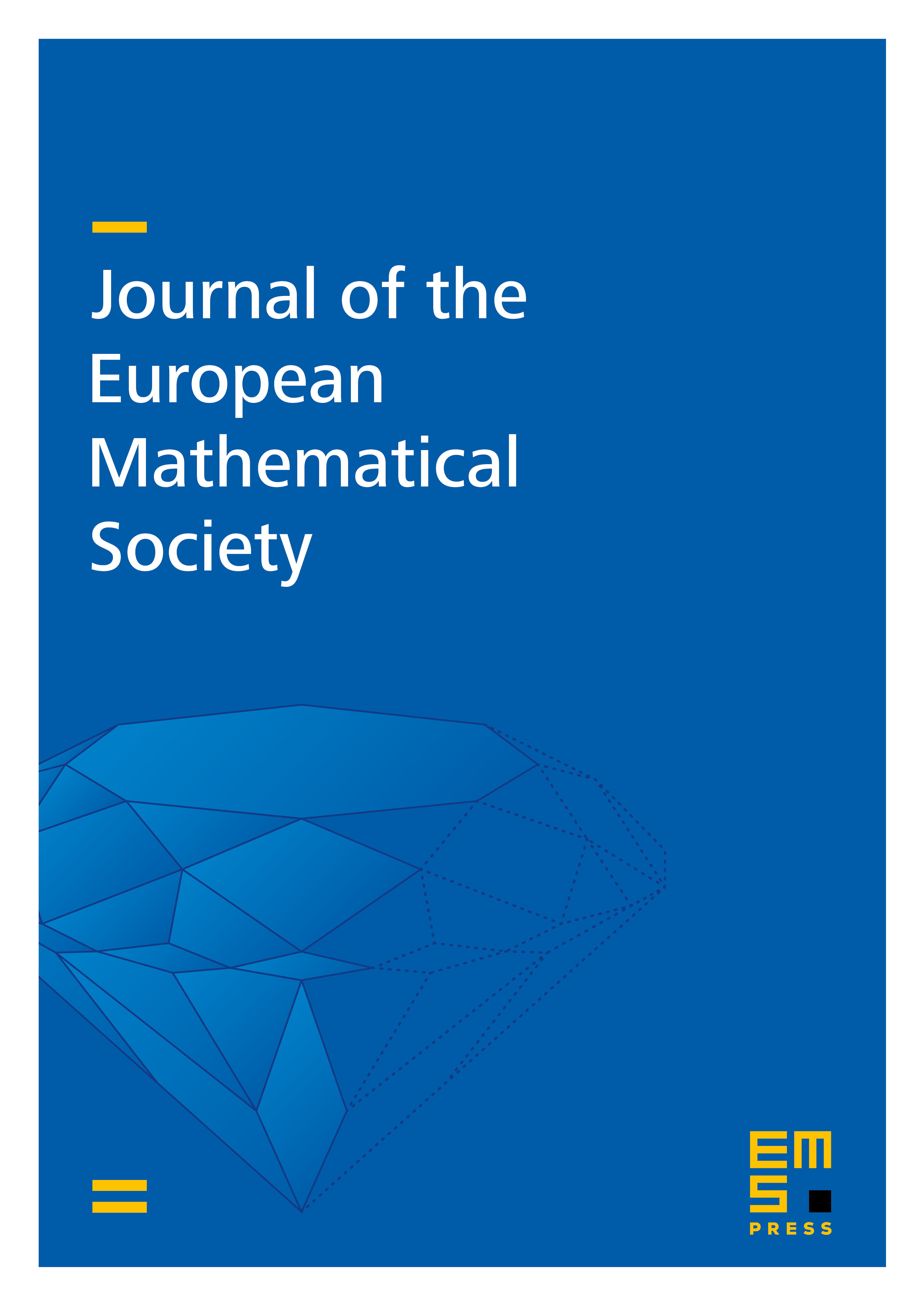Heat flow and quantitative differentiation
Tuomas Hytönen
University of Helsinki, FinlandAssaf Naor
Princeton University, USA

Abstract
For every Banach space that admits an equivalent uniformly convex norm we prove that there exists with the following property. Suppose that and that is an -dimensional normed space with unit ball . Then for every -Lipschitz function and for every there exists a radius , a point with , and an affine mapping such that for every . This is an improved bound for a fundamental quantitative differentiation problem that was formulated by Bates, Johnson, Lindenstrauss, Preiss and Schechtman (1999), and consequently it yields a new proof of Bourgain's discretization theorem (1987) for uniformly convex targets. The strategy of our proof is inspired by Bourgain's original approach to the discretization problem, which takes the affine mapping to be the first order Taylor polynomial of a time- Poisson evolute of an extension of to all of and argues that, under appropriate assumptions on , there must exist a time at which is (quantitatively) invertible. However, in the present context we desire a more stringent conclusion, namely that well-approximates on a macroscopically large ball, in which case we show that for our argument to work one cannot use the Poisson semigroup. Nevertheless, our strategy does succeed with the Poisson semigroup replaced by the heat semigroup. As a crucial step of our proof, we establish a new uniformly convex-valued Littlewood–Paley–Stein -function inequality for the heat semigroup; influential work of Martínez, Torrea and Xu (2006) obtained such an inequality for subordinated Poisson semigroups but left the important case of the heat semigroup open. As a byproduct, our proof also yields a new and simple approach to the classical Dorronsoro theorem (1985) even for real-valued functions.
Cite this article
Tuomas Hytönen, Assaf Naor, Heat flow and quantitative differentiation. J. Eur. Math. Soc. 21 (2019), no. 11, pp. 3415–3466
DOI 10.4171/JEMS/906